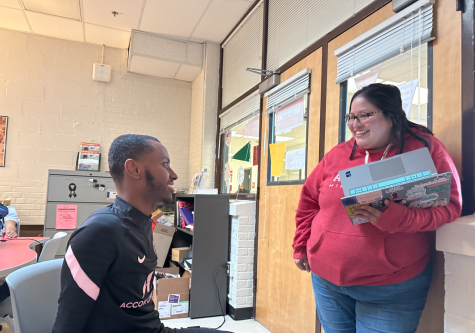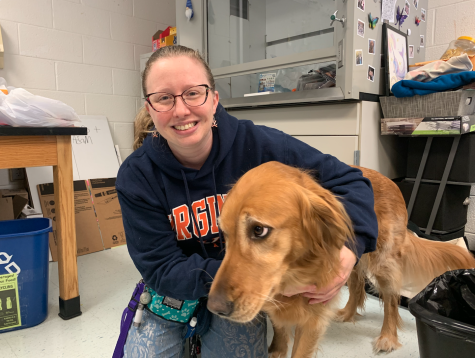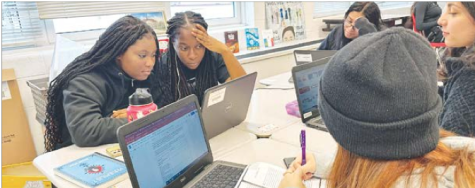JUST WAIT TWO MINUTES
Number of Virginia teenagers texting while driving is ranked among the lowest in the U.S.
On the morning of July 21, 2015, Charles Mauer and his 10-year-old daughter were on their way home from the Monticello library in Minnesota. As they got close to home, they were struck by a 17-year-old teenager who ran a red light. The cause of their untimely death? The teenage, Carlee R. Bollig of Little Falls, Minnesota, who was texting on her phone while driving.
Due to her negligence, she not only killed two human being, but also faced four years’ license probation and 240 hours of community service. This is a real situation that clearly demonstrates the outcomes that comes with texting and driving.
Despite numerous public awareness campaigns, very few teenagers acknowledge that texting while driving is a dangerous and idiotic risk that is not worth taking. Luckily, the teenagers in Virginia know better than to ae the risk.
The Journal of Adolescent Health released a new report in August and the results look better than many would expect. The report found that Virginia’s teenagers were behaving not only smarter, but also more safe in comparison to those in other states in the nation.
The study published that 38% of high school students admitted to being guilty of texting while driving.
Virginia only reported 31%, ranking to be the fourth state with the least teenagers that text while driving nationally.
”I feel much more safe on the road now knowing that teenagers in the state are acting responsibly while behind the wheel,” senior Vinh On said. “We should continue to maintain and raise to higher levels.”
Although, our state is practicing safe driving skills, that does not mean that other states are as well.
According to The Journal of Adolescent Health, 64% of teenagers in South Dakota admit to texting while driving.
The high percentage is due to many teenagers believing that sending text messages on their iPhones, sending snaps on Snapchat and checking the latest Twitter or Instagram posts is completely okay.
“There seems to be a stigma among younger generations being addicted to technology and it definitely appears to affect the driving of some individuals,” On said.
Some teenagers may be willing to play the game of chicken, but senior Hansol Yoon is not one of them. Yoon has been a driver on the road for the past five months. Due to the extremely safe and careful driving skills that she puts into action, Yoon has never been in an accident. Unlike teenagers in South Dakota, she knows better than to test fate and risk her life.
“Not only are you putting yourself in danger, you are also putting others in danger just because you were impatient,” Yoon said. “It is selfish of people to text and drive. Not everything is about you; there are other people on this planet and there are others on the road who do not want to die.”
Despite the fines and even common sense for that matter, these reckless teenagers seem to never accept the concept that texting and driving is not a safe combination. According to a study conducted by the Ice Bike, about 11 teenagers die every day because they were texting while driving.
In a society that values technology so greatly, it is easy to understand the difficulty of keeping smartphones out of sight while driving. Teenagers today appear to be self-identified technology addicts.
Although we as a state are doing well in keeping our roads safe and secure, we must take action to further our progress and further our success.

Senior Casey Nguyen is in her fourth year on The A-Blast as the Managing Editor. She was previously an In-Depth Editor. She is also the current treasurer...









